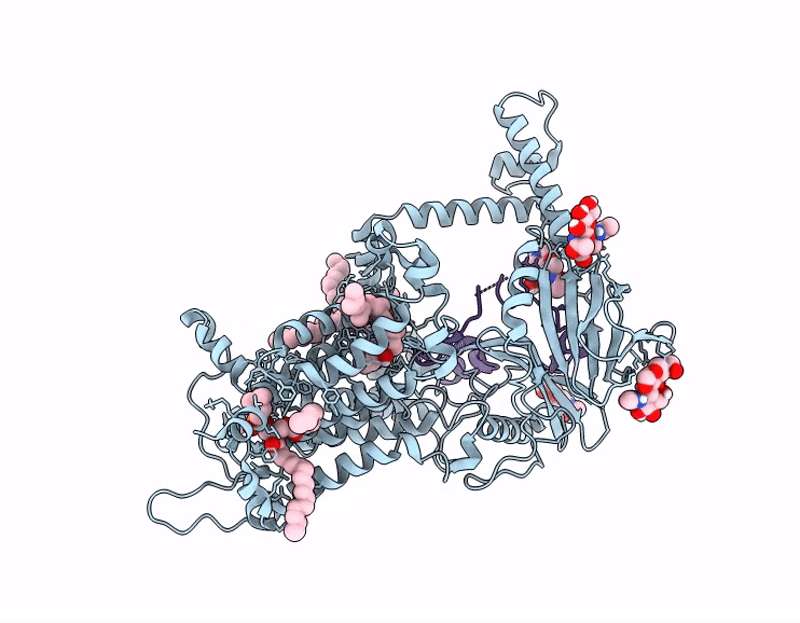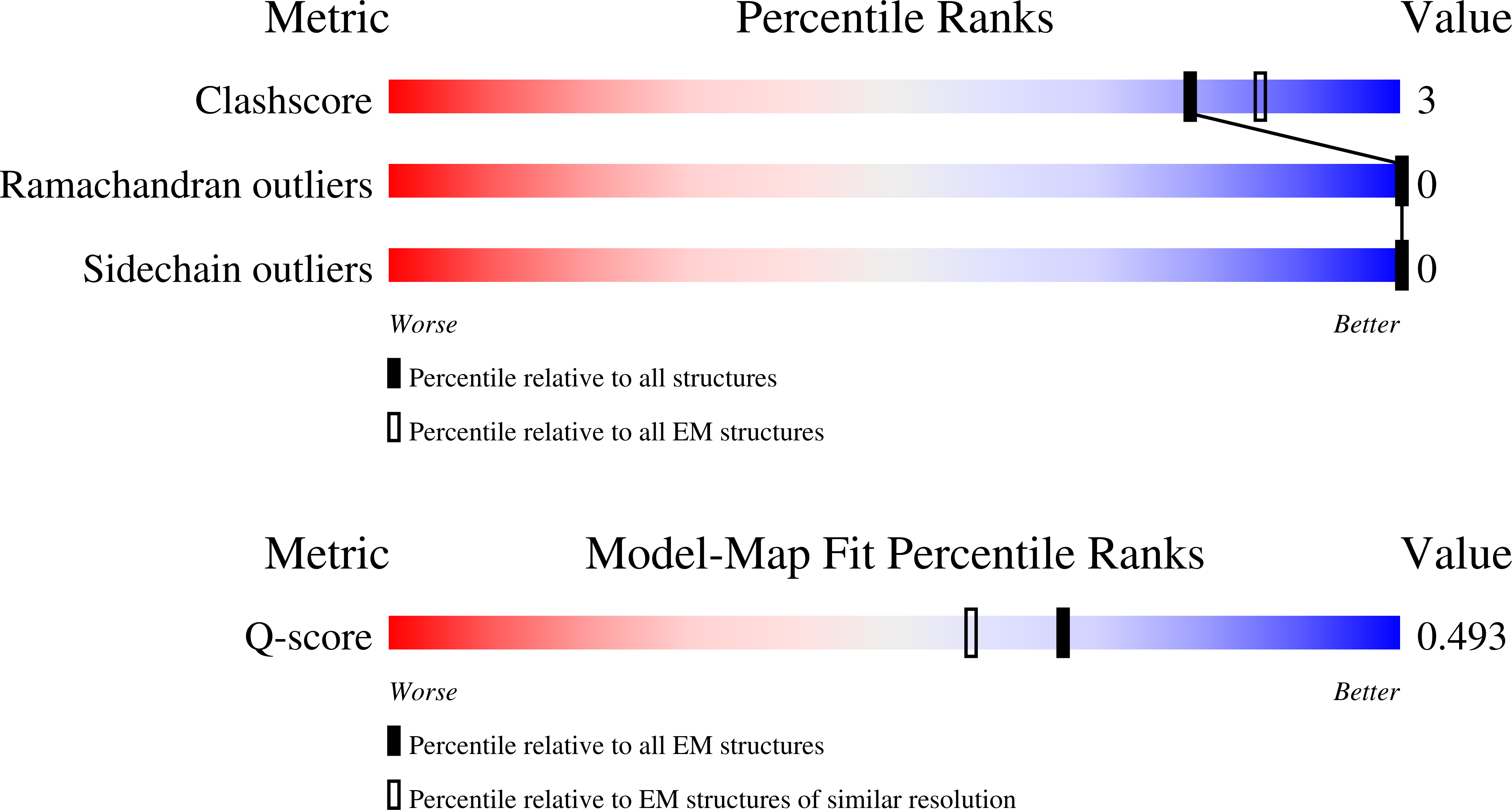
Deposition Date
2025-01-02
Release Date
2025-10-08
Last Version Date
2025-10-08
Entry Detail
PDB ID:
9MQC
Keywords:
Title:
Vitamin K-dependent gamma-carboxylase with Osteocalcin (mutant) and vitamin K hydroquinone
Biological Source:
Source Organism:
Homo sapiens (Taxon ID: 9606)
Host Organism:
Method Details:
Experimental Method:
Resolution:
3.13 Å
Aggregation State:
PARTICLE
Reconstruction Method:
SINGLE PARTICLE


